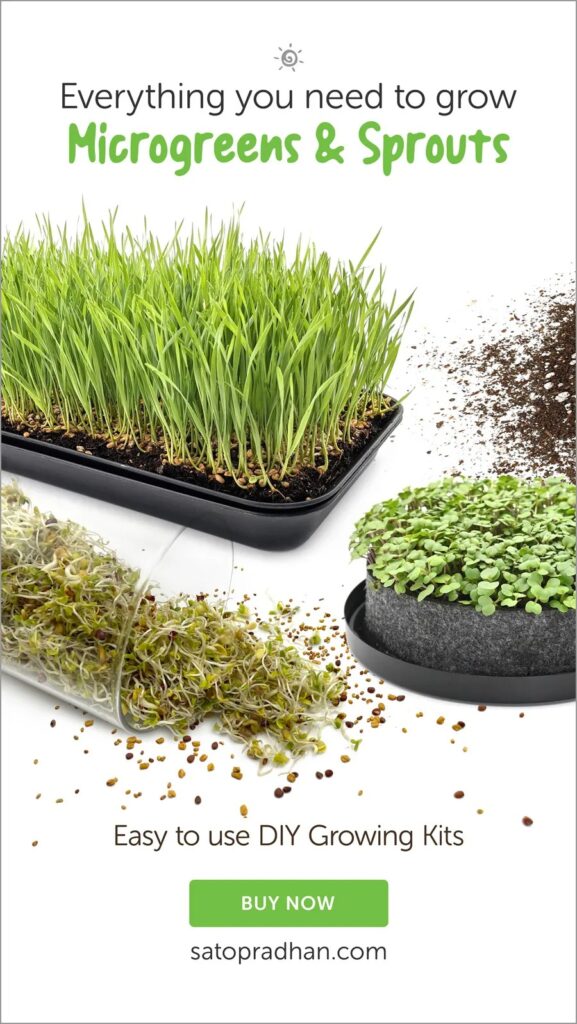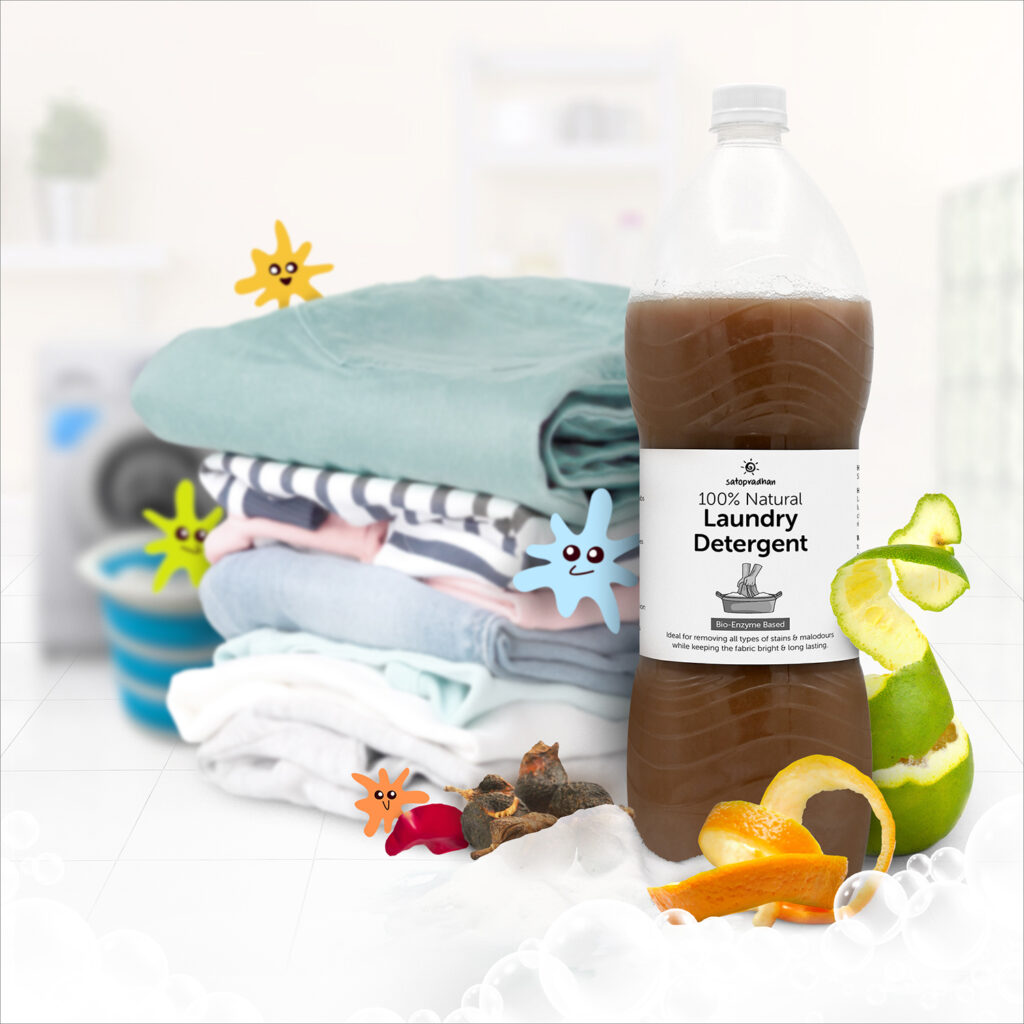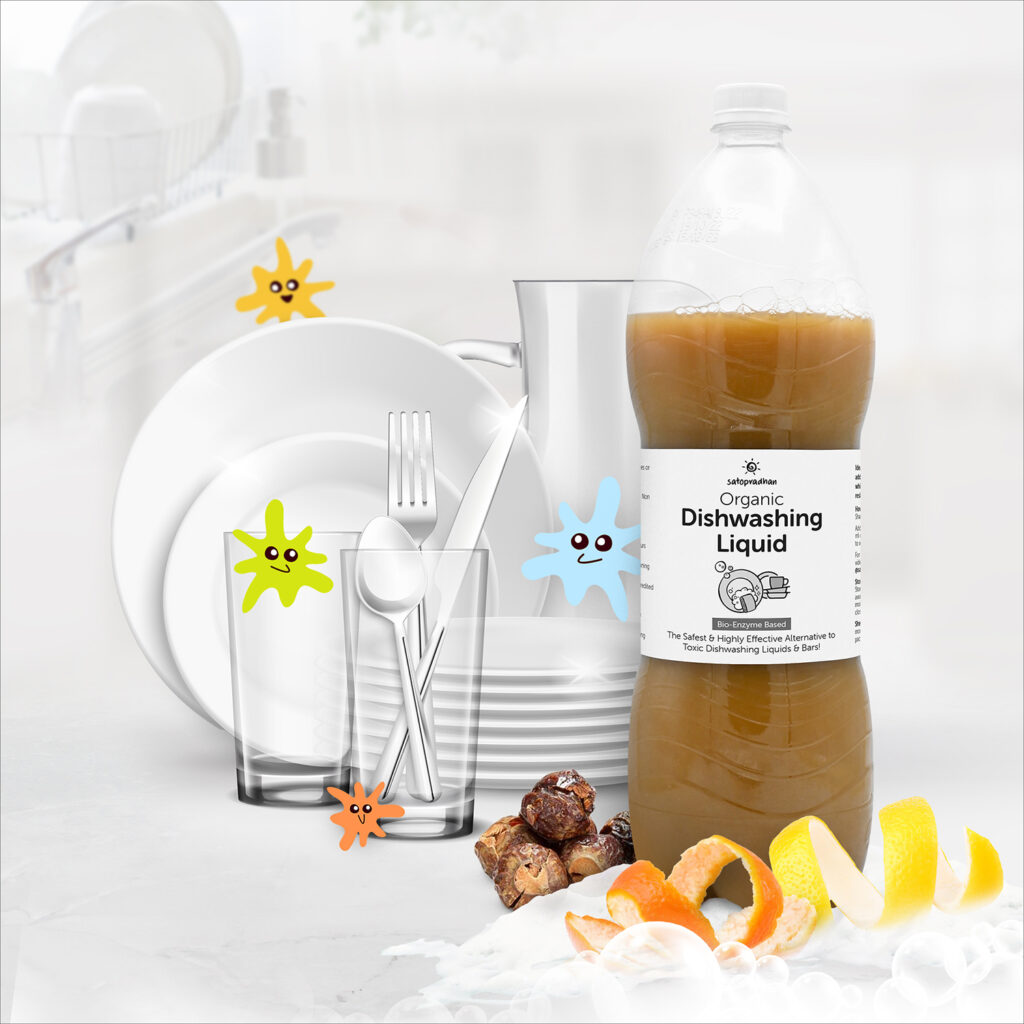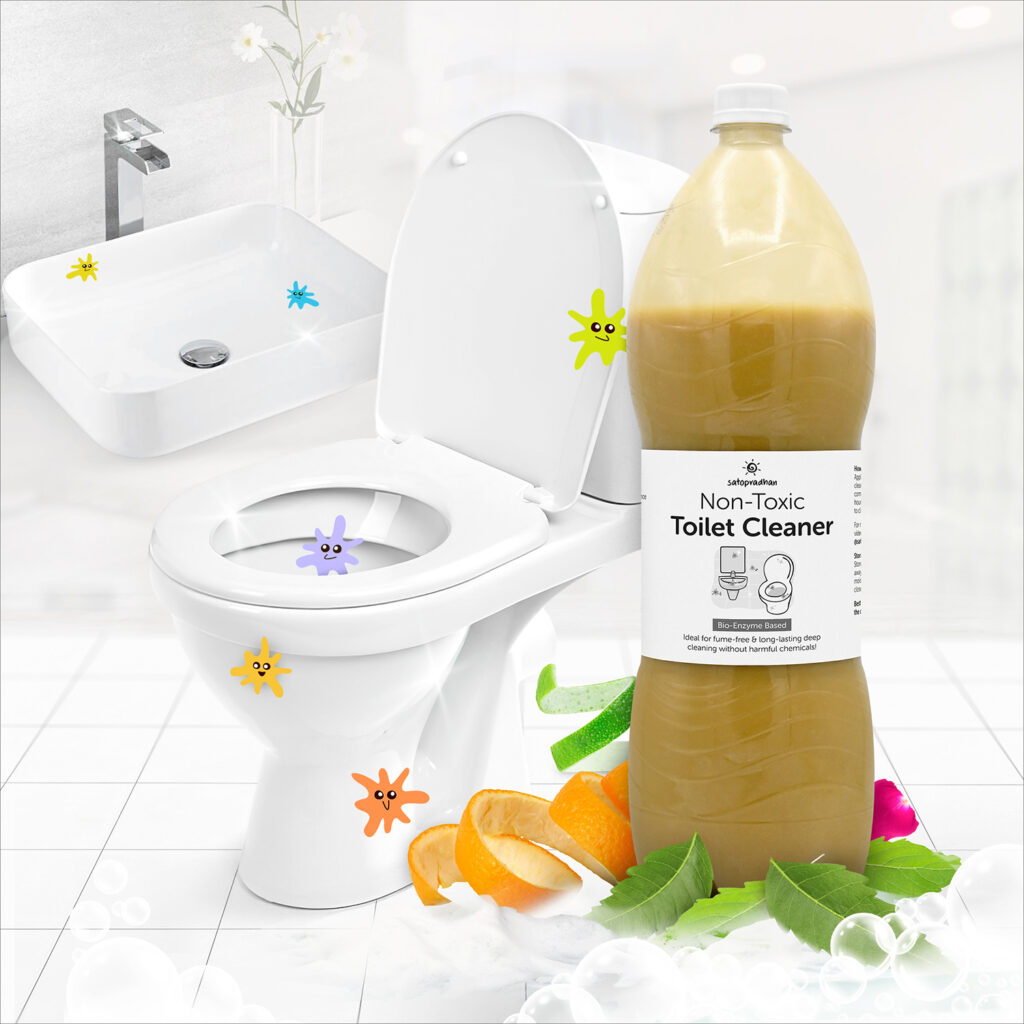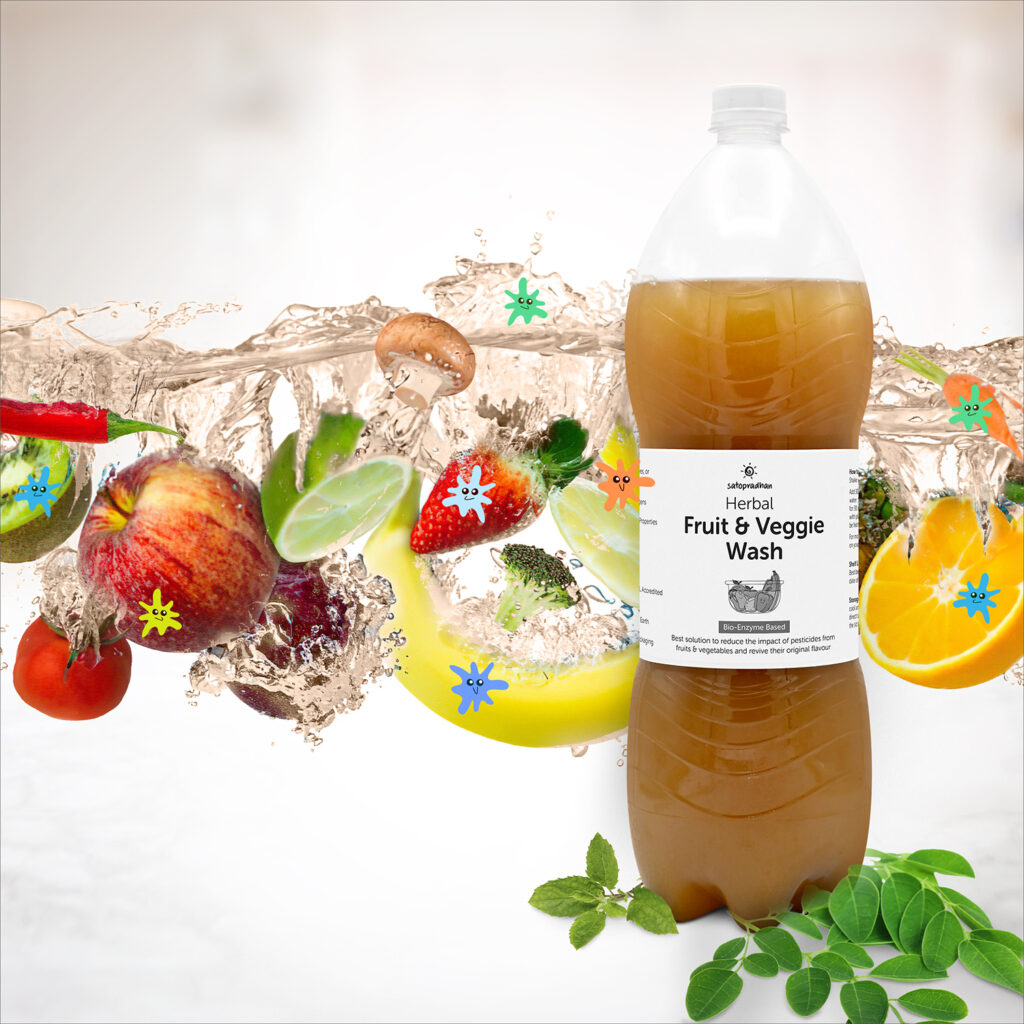
Have you ever thought of growing an herbal garden?
Just imagine yourself walking out to your garden with culinary herbs like oregano, thyme, and parsley all around. You reach down, take a snip of the fresh herbs, & go back to the kitchen to add them to the pot simmering on the stove.
Sounds fabulous, right?
Historically, the most important use of herbs was medicinal, but today they are used for many other purposes. Herbs are non-woody plants or any green or leafy part of the plant with aromatic & medicinal properties that we use for health and culinary purposes like food seasoning, coloring, or dying of other substances. The mustard on your table or any other spices in your kitchen comes from herbs. Kitchen herbs usually do not need much care & can be planted in gardens and containers.
Types of Herbs
The prehistoric person undoubtedly learned by instinct and by generations of trial and error that certain herbs helped treat illness, also known as medicinal herbs. He realized that some were good to eat, i.e. culinary herbs & others could cause poisoning and death.
Culinarily, herbs can be of two types.
Hard Herbs- These are the ones you usually add at the beginning of cooking to slowly release their flavour – like rosemary, oregano, and thyme. These plants have woody stems, are long-lived, like drier soil, and grow slightly slower.
Soft Herbs have tender stems, which you add fresh to finish off a dish. They prefer drier soil (cilantro, dill, scallion) & moist soil (mint, parsley, basil). These are also some of the best herbs to have fresh – as you often only need a little, and they wilt fast.
Beneficial Flower: Edible flowers are those flowers that can be consumed safely & are full of essential vitamins and antioxidants. Most edible flowers are used as herbs like nasturtium, borage, chamomile, calendula, sunflower, marigold, etc. You can grow them in-ground or in containers easily.
Why should you grow your herbs?
It is said that nature provides a remedy for every disease. To get at the remedy, you have two options; to buy them or grow them. I would recommend you to “Do It Yourself” because
- They save money: Anyone using dried herbs, or a spice rack truly knows its expense & fresh herbs from the farmers’ market can cost too much for a small packet. A herb that you start yourself (either from a plant or a seed) costs much less and provides harvest throughout the season and even more if it’s a perennial (comes back year after year). Moreover, you can dry and preserve to reduce the expenses on your dried herbs which will further stretch your savings. Hence, growing leafy greens and herbs at home makes leading a satvic lifestyle more affordable and sustainable. They also help reduce the packaging waste as you buy less packaged fresh or dried herbs
- A sensory feast: You will notice the significant difference between the fresh homegrown herbs and store-bought herbs after your first harvest. Herbs picked right before using will taste better, be more fragrant & offer the best health benefits.
- It brings colour to your home: These flavorful, nutrient-packed plants will brighten up your home by bringing lively colour fragrance and spice up your dishes with their flavour. Moreover, the scent of some herbs like lavender & thyme can have a calming effect.
- Self-reliance: Safe & natural alternative as there are no harmful chemicals added. It’s just like adding nature’s goodness straight into your food
- Versatile uses: Herbs have many different uses (medicinal or culinary) that stimulate our cells. You can mix and match various herbs in different intensities that work for your health & taste. Easier to grow than a vegetable garden
- Easier to grow than a vegetable garden: Maintaining a vegetable garden needs more space, time, tools & care as compared to growing your leafy greens or herbs. As herbs are small plants, they can be grown even in small containers. Once established, they require little maintenance.
Benefits of Herbs
It is said that nature provides a remedy for every disease. To get at the remedy, you have two options; to buy them or grow them. I would recommend you to “Do It Yourself” because
- They save money: Anyone using dried herbs, or a spice rack truly knows its expense & fresh herbs from the farmers’ market can cost too much for a small packet. A herb that you start yourself (either from a plant or a seed) costs much less and provides harvest throughout the season and even more if it’s a perennial (comes back year after year). Moreover, you can dry and preserve to reduce the expenses on your dried herbs which will further stretch your savings. Hence, growing leafy greens and herbs at home makes leading a satvic lifestyle more affordable and sustainable. They also help reduce the packaging waste as you buy less packaged fresh or dried herbs
- A sensory feast: You will notice the significant difference between the fresh homegrown herbs and store-bought herbs after your first harvest. Herbs picked right before using will taste better, be more fragrant & offer the best health benefits.
- It brings colour to your home: These flavorful, nutrient-packed plants will brighten up your home by bringing lively colour fragrance and spice up your dishes with their flavour. Moreover, the scent of some herbs like lavender & thyme can have a calming effect.
- Self-reliance: Safe & natural alternative as there are no harmful chemicals added. It’s just like adding nature’s goodness straight into your food
- Versatile uses: Herbs have many different uses (medicinal or culinary) that stimulate our cells. You can mix and match various herbs in different intensities that work for your health & taste. Easier to grow than a vegetable garden
- Easier to grow than a vegetable garden: Maintaining a vegetable garden needs more space, time, tools & care as compared to growing your leafy greens or herbs. As herbs are small plants, they can be grown even in small containers. Once established, they require little maintenance.
Supplies Needed to Grow Herbs
Select Your Herbs: Your first step is to decide which herbs you want to grow & whether you will be growing them from seeds or cuttings. You can start by growing a small selection of herbs you know you will use in the kitchen. For example, if you love Italian food, try growing Italian basil first, which goes well with Italian dishes. You can start with some of the easiest ones like basil, dill, chives, lemon balm, parsley, celery, cilantro, etc.
Select Your Site: One of the first rules is to place the plants where they will be the happiest, i.e. full sun (at least 6 hours). Most herbs require full sun, while some may grow well in semi-shade. You can grow them in the ground, in containers, or on raised beds. If using containers, choose durable and high-quality containers for your plants with a high holding capacity and good drainage. If you have minimal space like a balcony or live in an area where the soil is exceptionally poor, growing in containers may be your only option. The size of the container depends on the root depth and growing pattern of the herbs. Most grow well in 8″ to 10″ wide and 10″ to 12″ deep containers.
Cultivate Healthy Soil: Plants utilise the nutrients in the soil to become vibrant & healthy, so producing vital soil is important to a useful herb garden. Fill the container with 50% high-quality potting mix rich in organic matter and 50% garden soil, light enough so that it doesn’t compact over time and heavy enough to hold moisture.
Organic Desi Seeds: The key is to get untreated, organic heirloom seeds to grow your herbs. Satopradhan offers a wide range of 100% organic, heirloom varieties of herbs and flowers, which are non-hybrid and non-GMO
Sowing/ Propagation: If you plan to start from seeds rather than seedlings, use a seedling tray or biodegradable pots with proper drainage. You can also place it under LED lighting or a desk lamp with an LED bulb for healthy seedlings. Many herbs will be successful if you grow them the same way you grow vegetables and flowers; just make sure you buy organic desi seeds from a trusted source. But some herbs like thyme, mint, lavender, rosemary, curry patta, bay leaves, etc., must be propagated by cuttings because it’s a faster method, and some plants do not produce the desired characteristics when grown from seed.
Nutrition & Care: Some herbs can often survive with minimal moisture, while some require more watering depending on their origin. All herbs require essential nutrients provided to a vegetable garden, but overfertilization may reduce flavour. Use a complete organic plant nutrition mix and water them in.
How to Grow Herbs at Home
So, once you have finally assembled all the supplies, here are some tips for you on how to start with it. You can grow them in your lawns, but if you lack space, you can choose to grow them in containers, making them portable.
Fill your container with a potting mix Choose a container size of 10″ to 12″ wide & 8″ to 10″ deep. Mix equal parts of moist soil-less potting mix to garden soil and press it slightly in the container to remove any air pockets.
Sow the seeds If you choose to grow from seeds, then sow the seeds early in a seedling tray or biodegradable pots with the spacing mentioned on the seed pack. After 7-8 weeks, shift the seedling to the chosen container and place it in the sunniest spot.
Watering Another critical step in germinating seeds is keeping them evenly moist (not soggy). They must never dry out! If they do, they won’t sprout; the tiny seedlings will die if they have already sprouted and then dry out. Take great care to keep your seed pots moist.
Avoid using pipes and hoses initially, as the heavy water flow can wash away the seeds.
Care & Protection Keep the plants hydrated. Use a soluble organic plant nutrition mix & add it to your plants after they are a few inches tall. Apply nutrition once a month.
Harvest You don’t need special equipment to harvest the herbs. Using your fingers is a handy way to pinch off the fresh sprigs of herbs like basil, chives, dill, parsley, and cilantro. You can use a hand pruner to harvest woody herbs like sage rosemary. You can harvest the various parts of herbs at separate times.
How to Start- By Seeds or Seedlings?
Deciding whether to start your garden with seeds or seedlings is all about convenience and time. During summers, you can directly sow the seeds in your containers, but during winters, you will need to sow the seeds in the pots indoors as the seeds need a warmer temperature to sprout.
- Fill in the cow dung pots or any other nursery pots for seed germination, sow the seeds and keep them in the dark for seeds to germinate.
- Once sprouted, move them to a well-lit location, i.e. a windowsill as once settled, they are ready to handle outside temperatures.
- Do not bury the seeds too deep into the soil as it may prevent them from germinating. It would be best to plant most seeds to a depth that equals twice their diameter. Some herbs like dill, fennel, parsley, celery, coriander, basil, etc., are easy to grow directly from seeds.
Whereas some herbs like mint, thyme, and rosemary are all easy to start from cuttings. Growing from transplants is an excellent option for growing plants & increasing the chances of a successful harvest.
If starting the plants from cuttings,
- Fill small pots with the same soil medium i.e. organic soilless potting mix you use for seeding.
- Water the pots & take only one-third to one-half of the tender growth available
- Use a small, thin stick to poke a hole into the soil, then stick the stem in the hole. Be sure that all peeled nodes are beneath the soil level. Remember to pinch the soil closed around the stem hole.
- Put the pot of cuttings in place out of direct sunlight. The area should be warm with good air circulation.
- Lightly cover the cuttings with a piece of shade cloth. Keep the soil evenly moist. Cuttings will root in 1 to 4 weeks, depending on the plant.
Storing Herbs
If storing freshly harvested herbs for a short period (2 to 3 days), use a zip-lock bag and store in the refrigerator, or snip off the bases of the stems and place the bunch in a vase or a Mason jar with an inch or two of water at the bottom. Still, if you want to store them for an extended period, there are two ways to do this.
Drying Herbs
There is nothing as good as freshly picked herbs, but high-quality dried herbs can be as effective as dried herbs. The herbs are picked at their prime, dried quickly at the right temperature & then stored correctly. This way, the only thing lost out of the herbs is the water content, and the nutritional value of the herbs is preserved. After harvesting the herbs, you may want to dry some to preserve for future use. The best drying conditions for herbs are:
- A steady warm temperature
- Minimal humidity (as little as possible)
- Good airflow
- Protection from direct sunlight
Freezing Herbs
Another fantastic way to preserve the herbs is by freezing them. You can freeze herbs chopped or whole in zip-lock bags or puree them with a bit of water & freeze them in ice-cube trays.
Uses of Herbs
There are countless ways to utilize your garden herbs. You can make ordinary everyday meals extraordinary with just a handful of herbs.
- Herbs are great in drinks. You can use them to make refreshing infused water or prepare Herbal Infusions and Decoctions: These are the medicinal
- strength teas: whether you infuse or decoction the plants depends on the part of the plant you will be using. INFUSIONS are prepared from leaves, stems, and flowers whereas DECOCTIONS are prepared from roots, rhizomes, bark, and seeds.
- Use them to add flavour to your lemonades and smoothies.
- Add hard herbs like thyme, rosemary, basil to your vegetable stocks and soups, or simply add fresh herbs like parsley, coriander, chiffonade of basil, or a sprig of dill to garnish your vegetable soups
- Perk up a tomato dish with basil leaves
- Enliven your salads with the salad herbs like dill, chervil, arugula, French tarragon, chives, curly parsley, borage, nasturtium, etc.
There are several ways to use them in your kitchen. We urge you to replan and replant your garden into the paradise of food and natural medicine it was intended to be.
There is nothing more exciting than creating a garden of your own edible and healing plants nearby for everyday use to build wellness and great positivity that you’re more familiar with how to grow herbs, it is time to decide what kinds of herbs you want to grow in your kitchen herb garden & get started!
Visit https://satopradhan.com/collections/culinary-herbs to explore all the satopradhan resources needed to grow herbs successfully, including

